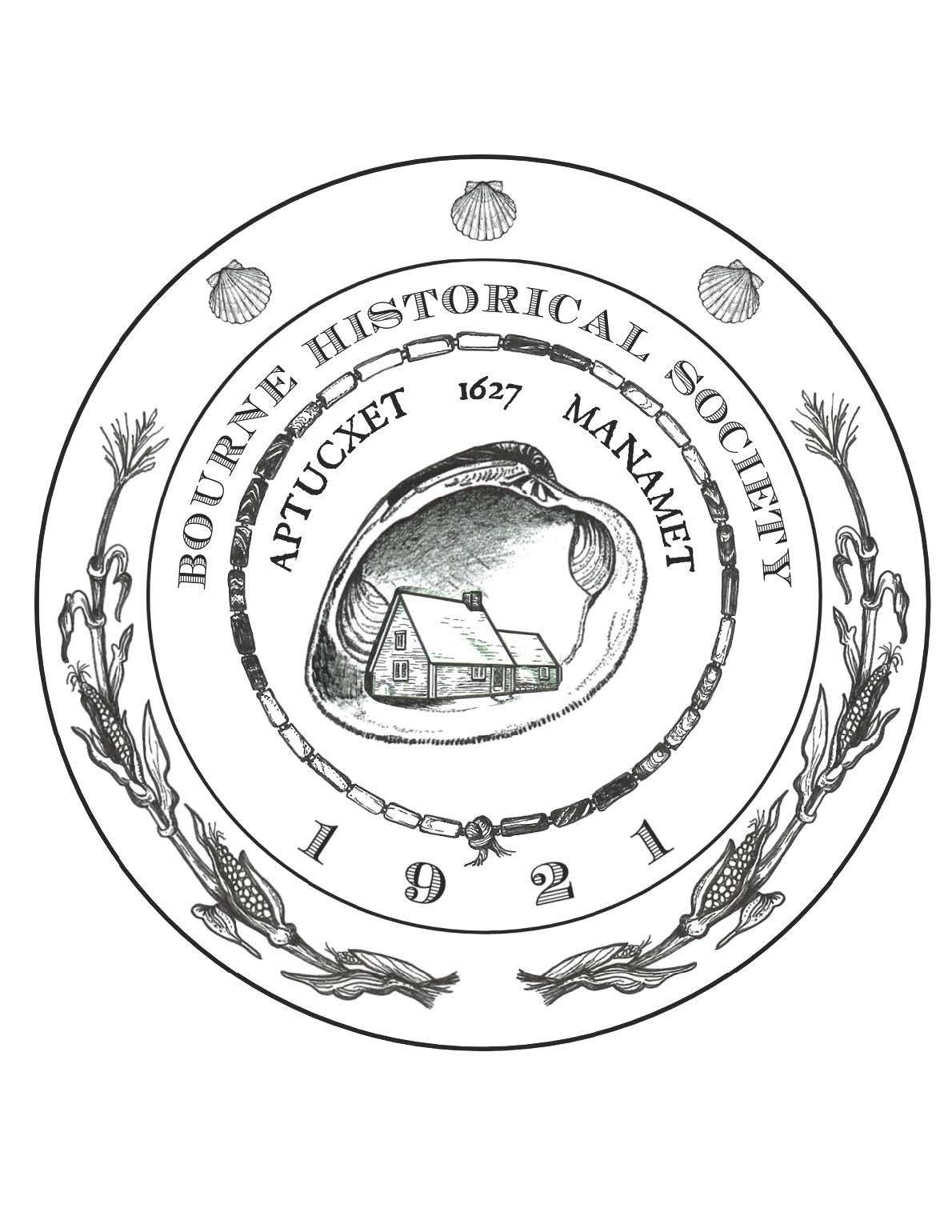30 Keene Street
Bourne, MA 02532
Phone: 508-759-8167
Open: By Appointment Only
The Jonathan Bourne Historical Center was built in 1897 by Emily Howland Bourne as a memorial to her father, Jonathan Bourne for whom the town was named. The building originally served at the town library. The Center now houses the offices of the Bourne Historical Society and two town committees, the Bourne Historical Commission and the Bourne Town Archives.
The Bourne Town Archives houses town records, family collections, photographs, slides, books, maps, oral histories, and other documentary resources. These are available to any visitors interested in researching the history of Bourne, its buildings, and its families. It also gives a tantalizing picture of life in the earlier days of Bourne for anyone who just wants to browse through the various collections. In addition, visitors are always welcome during the above hours, or by appointment, to come have a tour of this outstanding building.
The Bourne Historical Commission is responsible for historic preservation planning for the entire town, as well as for identifying local historic resources, advising the town on historic preservation matters, and preparing the survey of historic places for the Massachusetts Historical Commission. This group also has published a series of histories of some of the villages of Bourne and a pictorial history album.
The Jonathan Bourne Historical Center is a notable example of the skill of the Boston architect Henry Vaughn. The 1897 structure originally served as the Bourne Town Library and overlooks the Cape Cod Canal. It is a fine example of American Colonial English Renaissance) style featuring yellow tapestry brick and red slate roof construction along with large Palladian windows. A handsome stained glass window depicting “St. Michael and the Dragon” by Clayton & Bell of London, England graces the reading room.
Emily Bourne chose this location as her father’s birthplace could be seen on the northeast side of the Manomet River; the house was destroyed during the digging of the canal in 1913. Jonathan was one of 10 children and at the age of 17 left home for New Bedford. He prospered and became the town’s most successful owner of whaling ships. In 1884 he was a state legislator, and when the western half of Sandwich petitioned the Commonwealth for separation as a town, he was helpful on their behalf. Town leaders showed their appreciation by naming the new town in his honor. Thus in 1884 the newest town on Cape Cod came from the oldest town, Sandwich. Jonathan’s ancestor was the Rev. Richard Bourne, the first Christian preacher to the local Wampanoag people.
